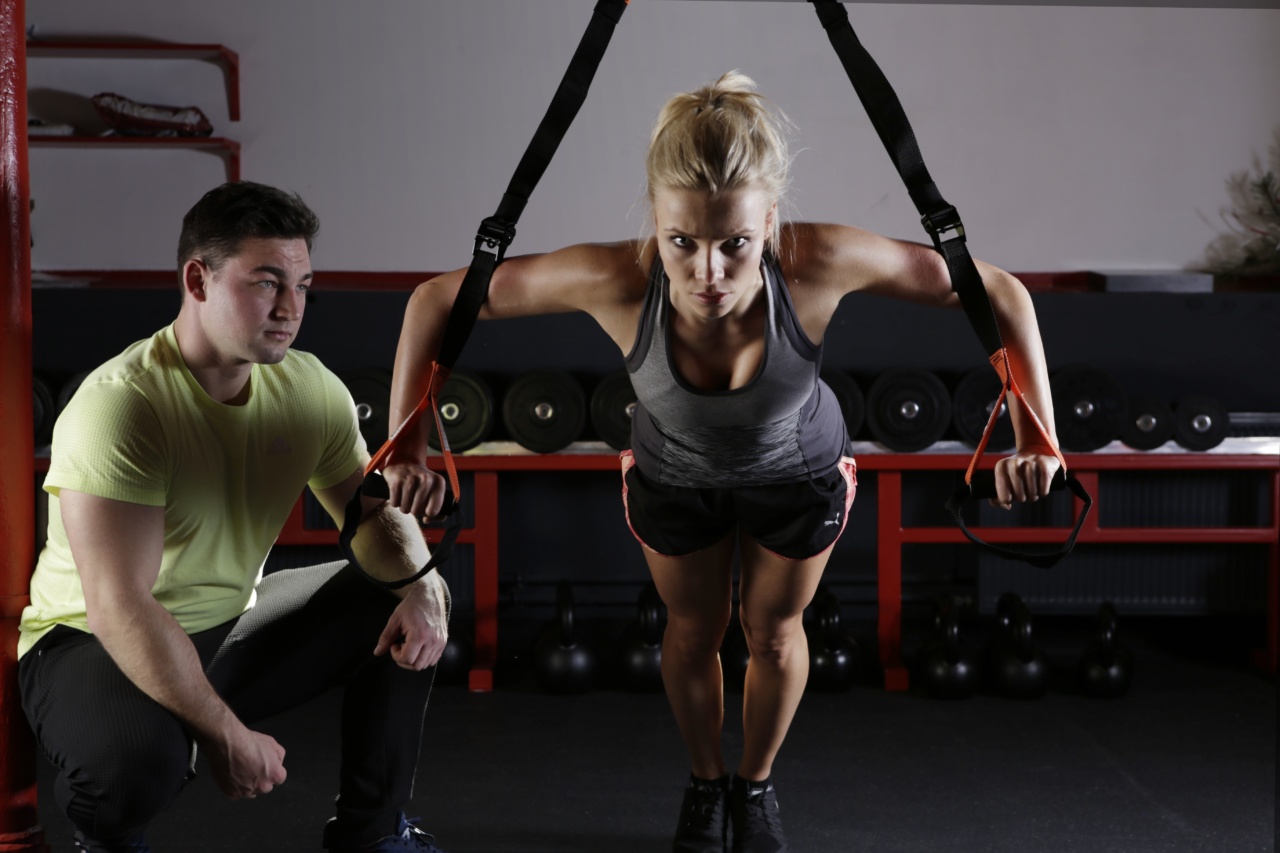Depression is a serious mental illness that affects millions of people worldwide. While there are many different treatments available, one that has been getting a lot of attention lately is exercise.
In fact, studies have shown that regular physical activity can be just as effective as medication or therapy for treating depression. In this article, we’ll explore the power of movement and how it can help combat depression.
What is Depression?
Depression is a mental illness that affects a person’s mood, thoughts, and behavior.
It can manifest in many different ways, but common symptoms include feelings of sadness, hopelessness, and worthlessness, as well as loss of interest in activities that were once enjoyed. Depression can be caused by a number of factors, including genetics, life events, and chemical imbalances in the brain.
How Does Exercise Help with Depression?
While the exact mechanisms behind why exercise helps with depression are still being studied, there are several theories. One is that exercise releases endorphins, which are the body’s “feel-good” chemicals.
This can help to improve mood and reduce feelings of anxiety and stress. Exercise also helps to reduce levels of cortisol, which is a hormone that’s often elevated in people with depression.
Another theory is that exercise can help to build self-esteem and confidence. When a person engages in physical activity, they often feel a sense of accomplishment and pride in what they’ve achieved.
This can help to counteract feelings of worthlessness and hopelessness that are often associated with depression.
Finally, exercise can also help to improve sleep quality, which is often disrupted in people with depression. Getting enough restful sleep is essential for overall health and well-being, and can help to improve mood and reduce depression symptoms.
What Types of Exercise are Best for Depression?
While any type of physical activity can be beneficial for depression, some types may be more effective than others. Aerobic exercise, such as running, cycling, or swimming, has been shown to be particularly effective in reducing symptoms of depression.
This is likely due to the fact that aerobic exercise is associated with a greater release of endorphins.
Strength training can also be helpful for depression, as it can help to build muscle and improve overall physical health.
Yoga and other forms of mind-body exercise, such as tai chi or qigong, can also be beneficial for depression as they incorporate movement with mindfulness and breath work.
How Much Exercise Do You Need?
The amount of exercise needed to combat depression can vary depending on the person and the severity of their symptoms. However, most experts recommend getting at least 30 minutes of moderate-intensity exercise on most days of the week.
This can be broken up into shorter bouts throughout the day if necessary.
It’s important to start slowly and gradually increase the intensity and duration of exercise over time. This can help to prevent injury and reduce the risk of burnout.
It’s also important to choose activities that are enjoyable and sustainable, as consistency is key when it comes to reaping the benefits of exercise for depression.
Tips for Getting Started with Exercise
If you’re struggling with depression and want to incorporate exercise into your treatment plan, here are some tips to get started:.
- Consult with your doctor or mental health professional before beginning an exercise program
- Start small and gradually increase the intensity and duration of your workouts
- Choose activities that you enjoy and that feel good in your body
- Find a workout buddy or join a class to stay motivated
- Set small, achievable goals and celebrate your progress along the way
- Be gentle with yourself and remember that any movement is better than none
The Bottom Line
While exercise is not a cure for depression, it can be a powerful tool in managing symptoms and improving overall well-being.
By incorporating physical activity into your treatment plan and finding activities that you enjoy, you can tap into the power of movement and start feeling better today.






























